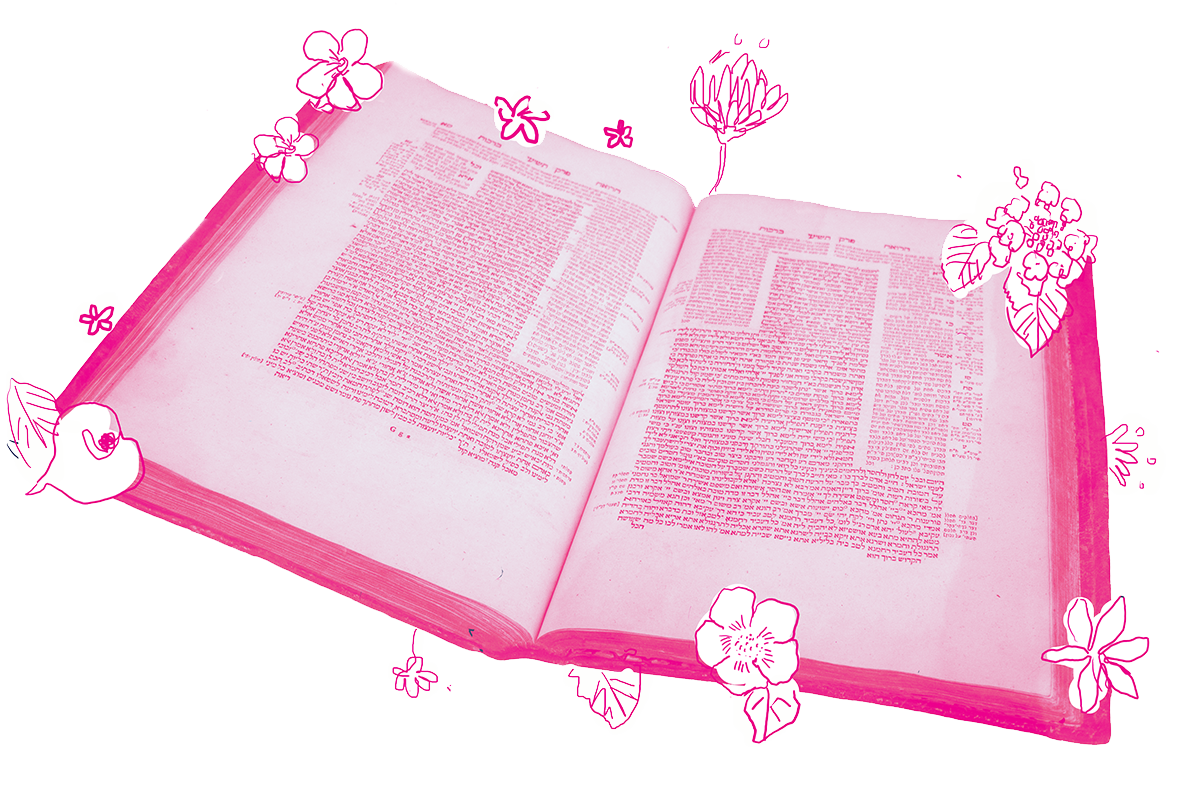Before cell phones, if you needed to make a call while you were out and about, you used a pay phone. When I was a student living in Israel in the 1980s, the pay phones didn’t accept money; they took tokens that you could buy at the corner store. Each token, called an asimon, had a hole in the middle, and my friends and I strung them on a chain worn like a necklace so we would always have one handy.
The word asimon appears in the mishnah on Bava Metzia 44 during a discussion of how transactions are effected, and on today’s daf, the question is asked: What the heck is it?
What is an asimon? Rav said: coins given as a token to the bathhouse.
Rav views an asimon as a token one would give to the bathhouse attendant to gain entry. The token has no intrinsic monetary value, but it represents an amount that would cover a patron’s entry fee (and perhaps a towel as well). An objection is then brought from a beraita (early rabbinic text) that suggests this isn’t quite right.
With your help, My Jewish Learning can provide endless opportunities for learning, connection and discovery.
One desacralizes second tithe produce neither with an asimon nor with one of the coins given as a token to the bathhouse. By inference, an asimon is not one of the coins given as tokens in a bathhouse.
In ancient times, tithed produce was brought to Jerusalem as an offering to the Temple. But if that was too onerous, a person could sell the produce, convert it into money, and bring the money to Jerusalem instead. The beraita here says that one may not redeem the produce with either an asimon or with a bathhouse token, making it clear that these are two different things. And so, the question is raised again:
Rather, Rabbi Yohanan said: What is an asimon? It is a blank.
Rabbi Yohanan says an asimon is just an unminted coin. Since tokens represent money and can be used in lieu of minted coins, can an asimon then have the status of legal tender?
It is taught: “And you shall bind up the money in your hand” (Deuteronomy 14:25). To include any type (of coin) that is bound in one’s hand; this is the statement of Rabbi Yishmael.
Rabbi Akiva says: To include any type (of money) that has an imprint.
Although the definition of an asimon is not fully resolved here, it’s clear that the rabbis view such a coin as one that is not actual money, but that may be used to stand in as currency.
Today, we know that the coins or paper money in our wallets are not intrinsically worth the amount printed on them; rather, they’re backed by the treasury of the country that issues them, so they have representational value. And people today still buy tokens for specific usage such as laundromat machines, arcade games and the like.
And what of the modern asimon? The token itself may be gone, but the word survives in the phrase nafal ha’asimon, roughly the Hebrew equivalent of “the penny dropped” — a mildly sarcastic acknowledgement that understanding has dawned.
Read all of Bava Metzia 47 on Sefaria.
This piece originally appeared in a My Jewish Learning Daf Yomi email newsletter sent on April 15th, 2024. If you are interested in receiving the newsletter, sign up here.



